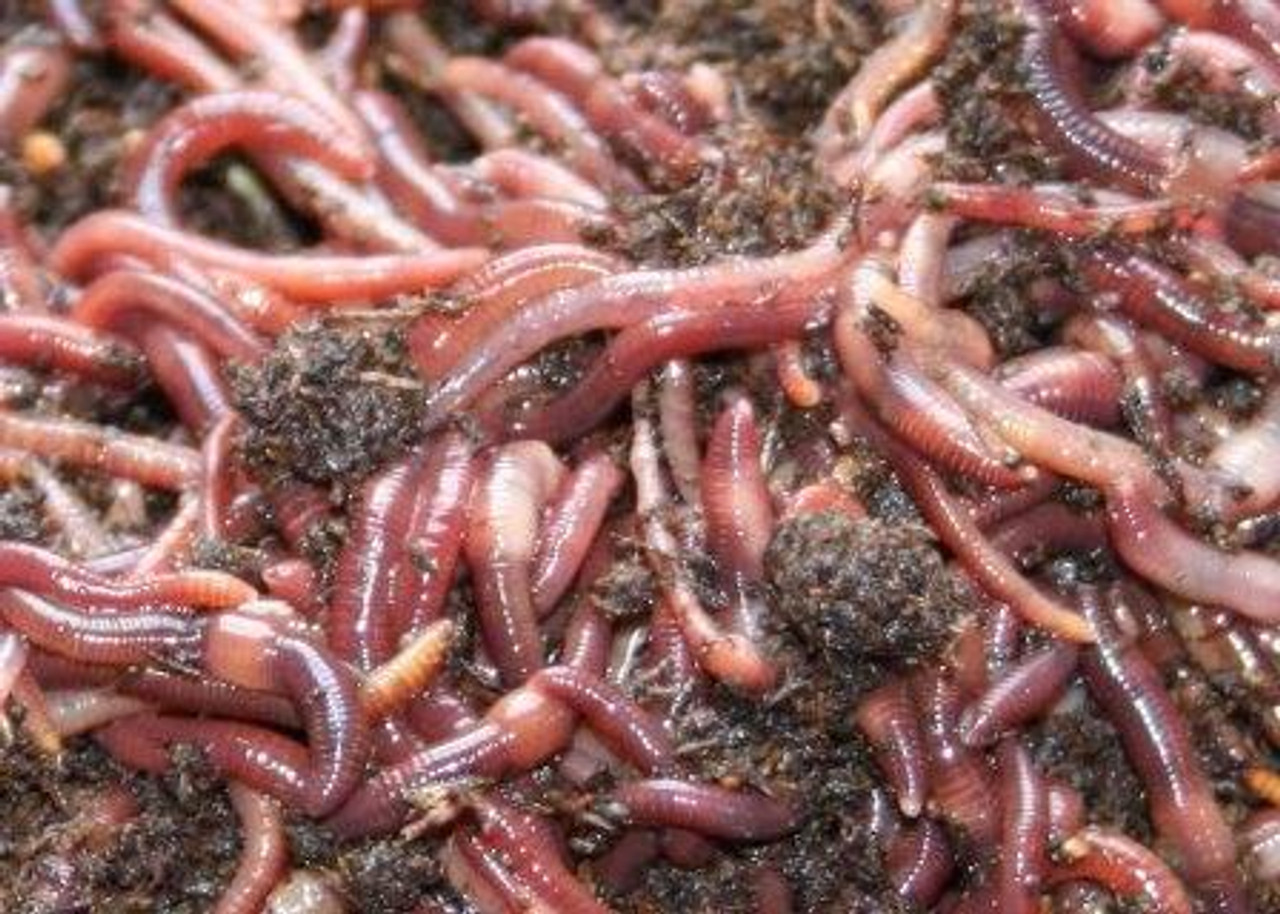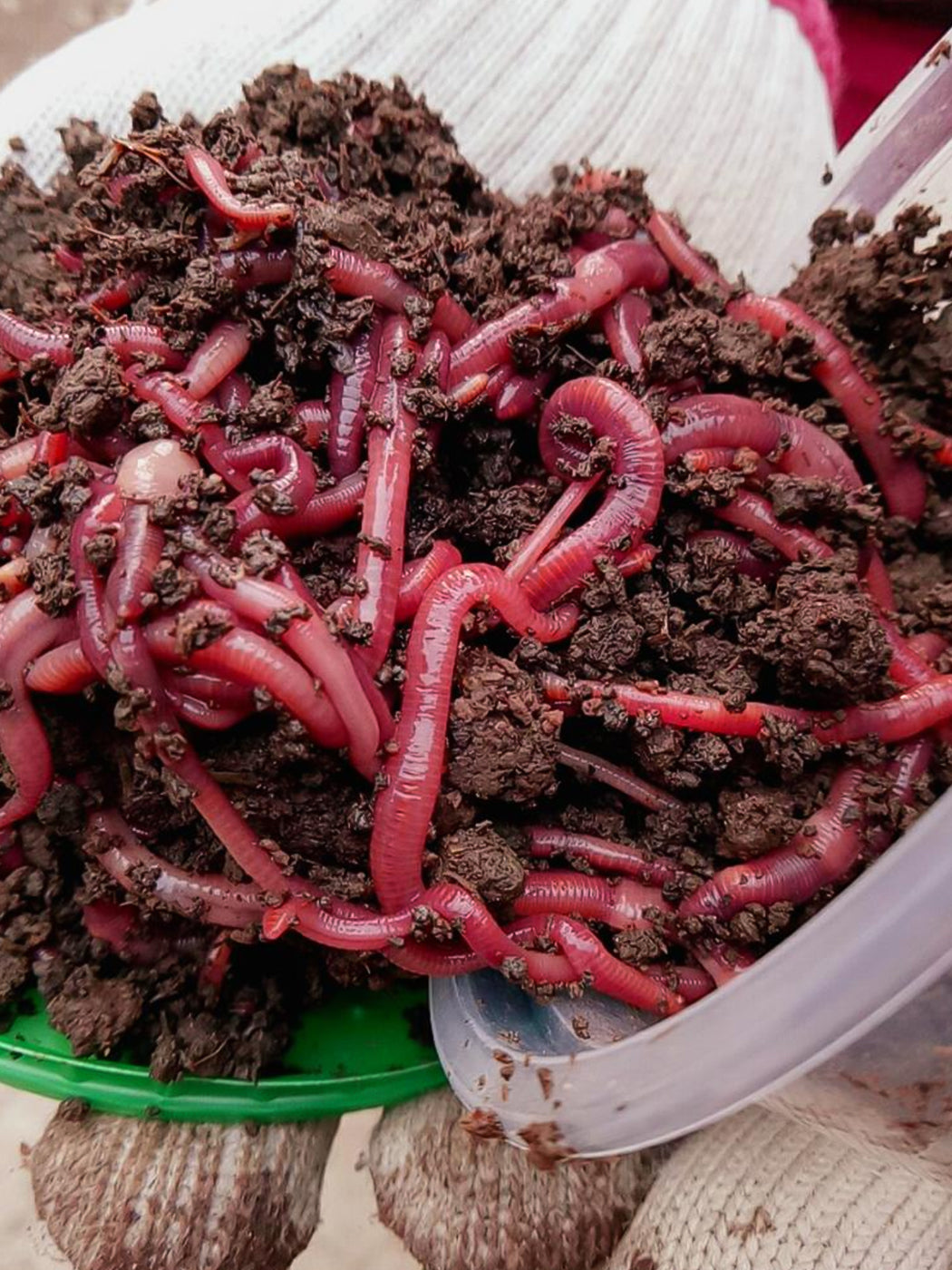Take Care of Your Lawn with the Best Products from Lake Hickory Bait
Take Care of Your Lawn with the Best Products from Lake Hickory Bait
Blog Article
Red Wigglers: The Unsung Heroes of Organic Waste Recycling
Red wigglers, or Eisenia fetida, serve as essential agents in the natural waste recycling process, changing thrown out products right into useful vermicompost. As the world progressively looks for solutions to battle waste build-up and boost agricultural productivity, understanding the duty of these worms ends up being necessary.
What Are Red Wigglers?
The remarkable strength of red wigglers, medically referred to as Eisenia fetida, underscores their important role in organic waste recycling. These small, reddish-brown earthworms are usually discovered in disintegrating organic issue, such as compost heap and manure stacks. Lake Hickory Bait. Unlike various other earthworm species, red wigglers grow in nutrient-rich settings and are highly effective at breaking down natural products, making them essential for vermicomposting

(Red Wiggler Express)Along with their role in waste reduction, red wigglers add to dirt health by improving soil framework and oygenation via their delving activities (Lake Hickory Bait). Their presence in composting systems not only improves disintegration prices yet also promotes a sustainable method to lose monitoring, highlighting their importance in ecological conservation efforts
Benefits of Composting With Worms
Composting with worms, particularly red wigglers, provides various advantages that improve both waste administration and soil health and wellness. These worms successfully break down organic waste, converting it into nutrient-rich vermicompost that improves dirt. This process accelerates decomposition, enabling for a quicker recycling of kitchen area scraps and other organic products contrasted to typical composting approaches.
Furthermore, the vermicompost created by red wigglers is bursting with helpful bacteria, which help improve dirt framework, aeration, and moisture retention. This boosts the general health and wellness of plants, promoting strenuous development and enhanced yields in yards and agricultural setups. In addition, making use of worms in composting reduces the production of greenhouse gases, such as methane, adding to a much more lasting waste administration system.

How to Begin Vermicomposting
Developing a vermicomposting system is an uncomplicated procedure that can yield significant benefits for both waste administration and soil enrichment. To begin, choose an ideal container, such as a plastic container or wood box, with ample air flow openings to ensure proper airflow. The dimensions ought to ideally be around 2 feet by 3 feet, allowing sufficient area for the worms to flourish.
Next, prepare bed linen material, which can include shredded newspaper, cardboard, or coconut coir. This bedding should be moistened to develop an ideal environment for the worms. As soon as the bed linen is in location, introduce red wigglers (Eisenia fetida) into the container, typically around one extra pound of worms for every single square foot of area.
Adhering to the positioning of worms, add natural waste, such as fruit and veggie scraps, coffee premises, click over here and smashed eggshells. With these steps, you will efficiently launch a vermicomposting system that adds to sustainable waste monitoring and enhances your dirt.
Keeping a Healthy Worm Container
(Lake Rhodhiss Bait)Keeping a worm container flourishing calls for regular focus and care to make certain the health and wellness of the red wigglers and the performance of the composting process. Correct maintenance starts with keeping track of the dampness levels; the container should be moist yet not soaked. An excellent guideline is to keep a consistency similar to a wrung-out sponge.
Oygenation is essential too. Delicately mixing the bed linen and food scraps every couple of weeks prevents compaction and guarantees that all worms have accessibility to oxygen. Additionally, it is essential to feed the worms suitably. A balanced diet plan of fruit and veggie scraps, coffee grounds, and crushed eggshells must be supplied in small amounts to avoid overfeeding, which can result in smells and parasites.
Temperature level law is another vital aspect. Red wigglers flourish in a series of 55 to 77 levels Fahrenheit. If the container comes to be also hot or cool, the worms might become stressed - Lake Hickory Bait. Regularly inspect for indications of health and wellness, such as worm population growth and the presence of healthy spreadings. By faithfully taking care of these variables, one can keep a durable and efficient worm bin.
Effect On Sustainable Living
The successful upkeep of a worm container not only profits the wellness of red wigglers however also adds dramatically to lasting living practices. By reusing natural waste, such as kitchen area scraps and yard particles, red wigglers assist draw away significant amounts of product from garbage dumps. This reduction in waste not just reduces greenhouse gas emissions yet likewise minimizes the ecological concern connected with waste monitoring.
Furthermore, the spreadings created by red wigglers function as a nutrient-rich natural fertilizer, boosting soil wellness and promoting plant development. This natural choice to chemical fertilizers sustains sustainable farming and gardening methods, reducing reliance on artificial inputs that can hurt communities. Additionally, worm composting promotes awareness of waste monitoring, encouraging people and communities to adopt more lasting habits.

Verdict
In recap, red wigglers offer as important contributors to natural waste reusing with their efficient decomposition of natural materials. By integrating vermicomposting right into waste management strategies, individuals and neighborhoods can substantially minimize waste while promoting environmental sustainability.
Report this page